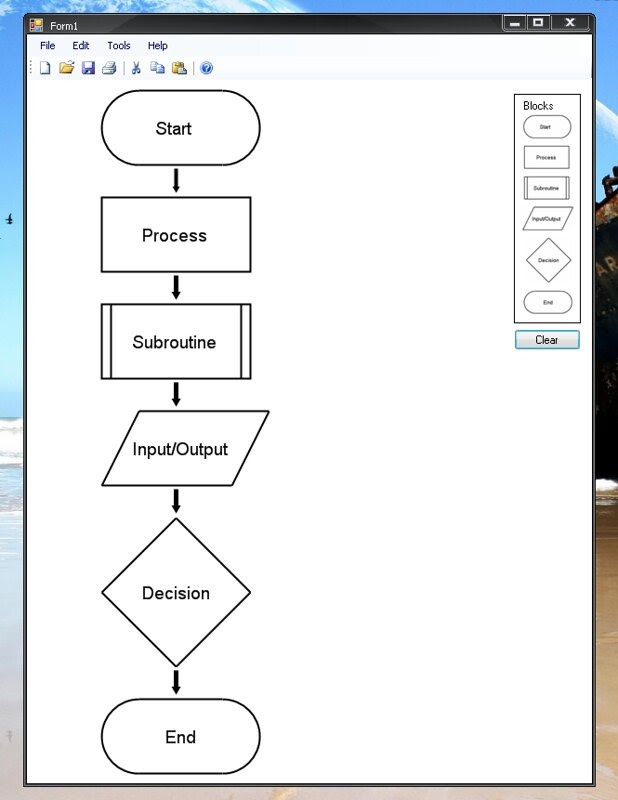Process Analysis: Must Know Tips

All businesses have processes in place, no matter if it’s the “this is how it’s always been done” type or the “let’s try something new” variation. As a business leader, it is your goal to ensure that operations are running smoothly, are remaining cost-effective and are producing optimal results. This is where process analysis comes in.
While some processes may seem to be working, there is always room for review and potential improvement. So, we will take a look at what business process analysis means and the steps to make it happen.
Definition: What is Process Analysis?
Business process analysis is defined as it sounds. Namely, it is the act of reviewing and analysing business processes to measure efficiency, effectiveness, and identify possibilities for improvement that will better align operations with business goals.
Process analysis works by breaking down internal processes into small steps, understanding how they work, assessing inputs and outputs, and then making changes. The process analysis involves evaluating time, cost, quality and capacity of processes.
Additionally, an organisation should review data, technology, controls, human resources, inputs and outputs to assess a process in its entirety. This is crucial because any of these areas may offer an opportunity for improvement.

Process Analysis Techniques
Business process analysis involves business process mapping, but it also necessitates more than that. Here’s a look at how you can implement process analysis within your organisation:
1. Identify the Process:
This is a definite step one; you can only analyse something if you choose what to interpret. Perhaps it is clear which processes are not working within your business, and so, it’s easy to start with those. But, if everything is seemingly going okay, then where do you begin?
One idea is to ask internal stakeholders about their pain points. If they are struggling on a micro level with any part of their process, then it could be an excellent place to begin your analysis so that you can find improvements.
Another way to identify processes is to look at these five questions individually:
- What is our goal?
- Who do we serve?
- What does our customer value?
- What are our key results?
- What are our next steps?
At this point, you will be able to review the processes within your organisation to see if they are working towards meeting your business goals and serving your customers. If you have answered the above questions but are missing ways to optimise results based on current operations, then you can move more deeply into such processes.
2. Outline the Process:
Business process mapping is the act of creating your processes visually with flowcharts and diagrams. With the help of business process mapping, you can see how the process happens from start to finish, and all stakeholders can become aware of the inner workings. The help of standardised tools and symbols allow you to outline who is responsible for specific tasks within a process, as well as the flow (which can assist in locating bottlenecks).
Process mapping (diagrams and flowcharts) can be created by:
- Define swimlanes - make a note of which department is responsible for each area of the flowchart (or process)
- Outline the steps based on the starting event
- At each following step, note what task must be accomplished and by whom to move to the next step
- Mark the end of the process by an event (just like you have already marked the starting point)
3. Establish the Team:
Acknowledge and assemble everyone involved in the process. These are the best people to have by your side so that they can share their intimate knowledge regarding the process and address any areas that have been causing trouble. Some ways to bring this team together to achieve results is by:
- Hold a meeting
- Allow for brainstorming
- Conduct interviews
4. Define the AS-IS Process:
Now you have the process outlined, the team assembled, and you can get to work. To define the “as is” process, you focus on the reality of what’s happening. You pull together these pieces:
- The team has told you what takes place at each step. You can see where and when permissions are needed to continue through the process and find any bottlenecks.
- You can now analyse the process as it is by defining its purpose, how it is measured, where customers are involved, applicable business rules, and see how it is controlled.
- Everything that has been gleaned from this exercise should be recorded and noted. That way, when you make any changes to the process, you always have a trail if need be.
5. Choose Improvements:
From the analysis in the above step, you can choose where you want to make improvements. Improvements can happen at various points in the process, so be sure to keep in mind the following points:
- Customers: Any interaction with a customer is of top priority and should be as seamless as possible.
- Prioritisation: When you can define your customer values, you can prioritise any process that they value the most. This way, you can better guarantee customer satisfaction, and in turn, retention.
- Business Rules: Having clear objectives to define how processes run will help your entire organisation remain standardised and on task.
- Bottlenecks: If processes get stuck at any point, you want to nip that in the bud by analysing why it is happening and putting in controls that can prevent it. A good idea when it comes to bottlenecks is to consider how automation tools can help.
- Handoffs: The more time a task has to trade hands, the higher the margin for error. Handoffs within a process should be as limited as possible. This is yet another good place for automation to enter the scene and alleviate the burden of human error.
6. Model the TO-BE Process:
Keeping the business goals and objective at the top of mind, you can now outline how you envision the process to be. You must design the new process, receive buy-in from all necessary parties, and document the new process. The changes should be communicated across the organisation and recorded.
7. Monitor for Effectiveness:
Since businesses are dynamic, everything changes all the time. As such, new process improvements should be consistently monitored and measured. Reporting and analytics can help to ensure that inputs and outputs are being maximised. Additionally, just because a process has been analysed and changed doesn’t mean it can be forgotten. New technologies, regulations, human resources and more can necessitate the need for a process analysis yet again.

Why is Process Analysis Important?
Process analysis provides multiple benefits for businesses. As you have probably recognised from the above steps, process analysis offers transparency and insight to achieve business goals.
Process analysis also:
- Provides you with a way to document processes and capture knowledge
- Offers steps to analyse actions and ensure data is accurate
- Helps to locate problem areas that could be improved
- Allows you to identify and fix inefficiencies
- Supports the training of new employees
- Contributes robust data on how operations are functioning
When to Apply BPA
Any business leader rarely feels that everything is perfect. Even if this feeling hits after a huge success, it’s often fleeting. For that reason, leaders and managers who are in tune with their business environment are always looking for ways to improve operations and outputs. Therefore, business process analysis is still useful.
However, one way to know when you need to get started with BPA is if you experience any of the following:
- An increased number of customer complaints or internal issues
- Have recently implemented automation in your business or are planning to do so
- Have a team that wants to replace an old process with a new one
- Have internal stakeholders who are unclear on how to carry out a process
The Bottom Line
Process analysis can help your business reach its goals. Every company has multiple daily operations that are only achieved because of the processes in place. With business process analysis, you can clearly outline the flow from input to output and analyse opportunities for improvement.
Process analysis involves techniques and process modelling that can all be aided through the help of automation tools.
FAQ
Intelligent reconciliation solution
Intelligent rebate management solution
Intelligent financial automation solution
Intelligent Financial Automation Solution
Intelligent financial automation solution
Intelligent financial automation solution
Intelligent financial automation solution
Intelligent financial automation solution
Intelligent regulatory reporting solution
Free up time and reduce errors
Recommended for you

Request a Demo
Book a 30-minute call to see how our intelligent software can give you more insights and control over your data and reporting.

Reconciliation Data Sheet
Download our data sheet to learn how to automate your reconciliations for increased accuracy, speed and control.

Regulatory Reporting Data Sheet
Download our data sheet to learn how you can prepare, validate and submit regulatory returns 10x faster with automation.

Financial Automation Data Sheet
Download our data sheet to learn how you can run your processes up to 100x faster and with 98% fewer errors.

Financial Automation Data Sheet
Download our data sheet to learn how you can run your processes up to 100x faster and with 98% fewer errors.

Financial Automation Data Sheet
Download our data sheet to learn how you can run your processes up to 100x faster and with 98% fewer errors.

Financial Automation Data Sheet
Download our data sheet to learn how you can run your processes up to 100x faster and with 98% fewer errors.

Financial Automation Data Sheet
Download our data sheet to learn how you can run your processes up to 100x faster and with 98% fewer errors.

Financial Automation Data Sheet
Download our data sheet to learn how you can run your processes up to 100x faster and with 98% fewer errors.

Rebate Management Data Sheet
Download our data sheet to learn how you can manage complex vendor and customer rebates and commission reporting at scale.

Top 10 Automation Challenges for CFOs
Learn how you can avoid and overcome the biggest challenges facing CFOs who want to automate.
.svg)



